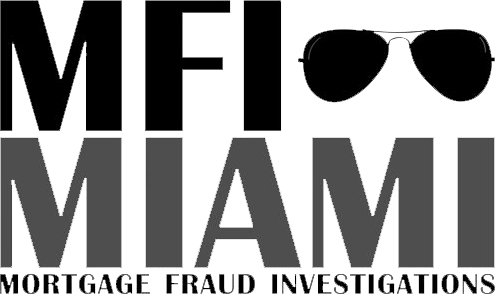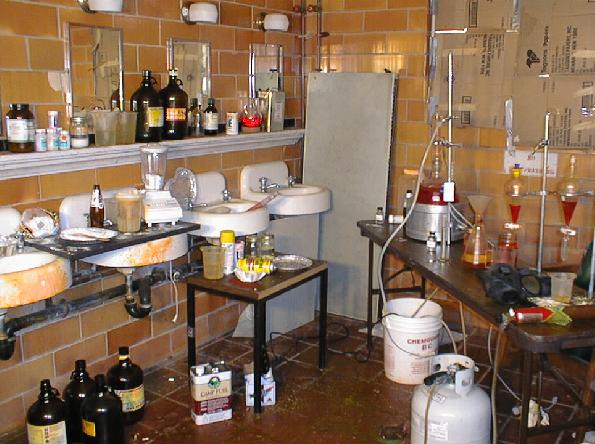Foreclosed Fannie Mae Homes Are Breeding Grounds For Meth Labs? Not Disclosing Previous Activity Could Violate State Laws
A couple of days ago, CBS News ran a story about how a young couple in Oregon bought an abandoned Freddie Mac property only to discover within days of moving in and everyone becoming extremely ill that the house was used as a meth lab.
Jonathan and Beth Hankins wanted to live the American Dream with their two year old son Ezra. They began living the American Dream by purchasing a home. The Hankins decided to look on the Fannie Mae and Freddie Mac’s website for a deal on a foreclosed property.
They soon found a “fixer-upper” foreclosure listed by HomeSteps.com for $36.000. HomeSteps.com is the listing site for Fannie Mae and Freddie Mac owned properties for $36,000.
But their joy of home ownership soon turned into a nightmare. Within days, the three of them began experiencing extreme dryness in their mouth. Beth and Ezra began developing sores in their mouths. Little Ezra also began experiencing intense burning sensations whenever he drank a glass of water.
On the last night in the house, the neighbors informed them that the house had housed a methamphetamine lab.
Jonathan soon had tests done to confirm what the neighbor told him. After already performing renovations including painting and sanding the floors, the test found 38 micrograms of methamphetamine residue. Jonathan says surpassed Oregon’s legal limit is 0.5 micrograms by nearly 80-fold.
Dr. Kenneth Spaeth of North Shore LIJ Health System in Great Neck, NY said:
The Herald and News of Klamath Falls stated homeowners are required to disclose if the home was used to produce dangerous drugs. Thus, it would need the claim verified by the state health department. However, that only works if the sellers are honest and lenders know the home’s history.
After seven weeks of emailing and calling Freddie Mac and deterred by the legal fees it would take to mount a challenge, Jonathan took to change.org to create a petition to ask Freddie Mac to pay for cleaning the methamphetamine. The petition soon gathered 197,000 signatures and did get Freddie Mac’s attention. Although, they denied to assume responsibility. Jonathan explains,
What happened to the Hankins happens more often then one may think.



